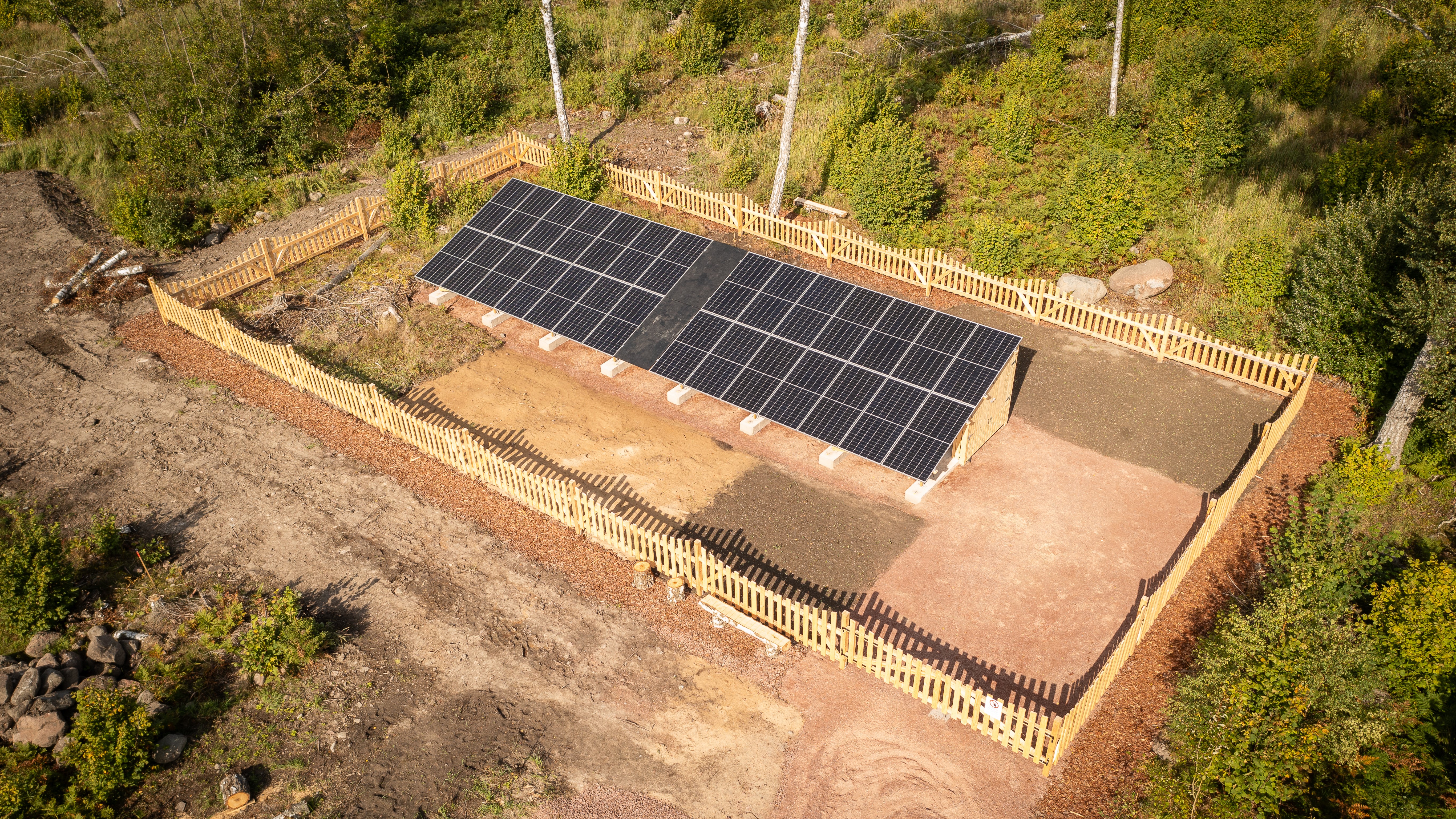Meadow flowers, insects and solar power in pilot project on Åland
The testing method is very specific:
The land around the solar panels is divided into squares. The squares contain a variety of soil types, ranging from sand and topsoil to untouched, existing soil. Investigations are then carried out into which type of plant thrives where, how it is affected by the shade from the solar panels, and which insect species are ultimately attracted.
Protect threatened species
"We will be sowing meadow flowers in some of the squares. Hay meadows used to be common on Åland before large-scale agriculture took over. Many of the threatened species that we want to protect thrive in this kind of environment. We will now wait and see what comes out of the ground and what species are attracted here," says Kenneth Rosenberg-Brunila, project manager for Möckelö energy park.
Other biodiversity measures included in the project are wood piles for insects, insect hotels and beehives. There’s also an educational element to the project. Kenneth Rosenberg-Brunila:
"We have created an information trail around the installation, where visitors can learn more about what is happening at the solar farm and how renewable energy can be developed without compromising nature."
Wooden panel structures
The structural design itself is also tested. The solar panels are mounted on stands made from local wood instead of imported steel. Building with wood captures carbon dioxide over time. As a basic requirement, the wood must be chemical-free and maintenance-free throughout the life of the solar farm, i.e. 40 years.
"We do not use chemical treatment as this can end up in the ground. Instead, we are testing various chemical-free surface treatments. It is probably more likely, though, that we will end up using heartwood, as it contains natural impregnation which means that the wood doesn’t absorb water," says Kenneth Rosenberg-Brunila.
Once completed, Möckelö energy park will have a capacity of around 10 MW. The solar power will be combined with hydrogen production and battery storage with the ability to both charge electric cars and help balance the electricity grid.

